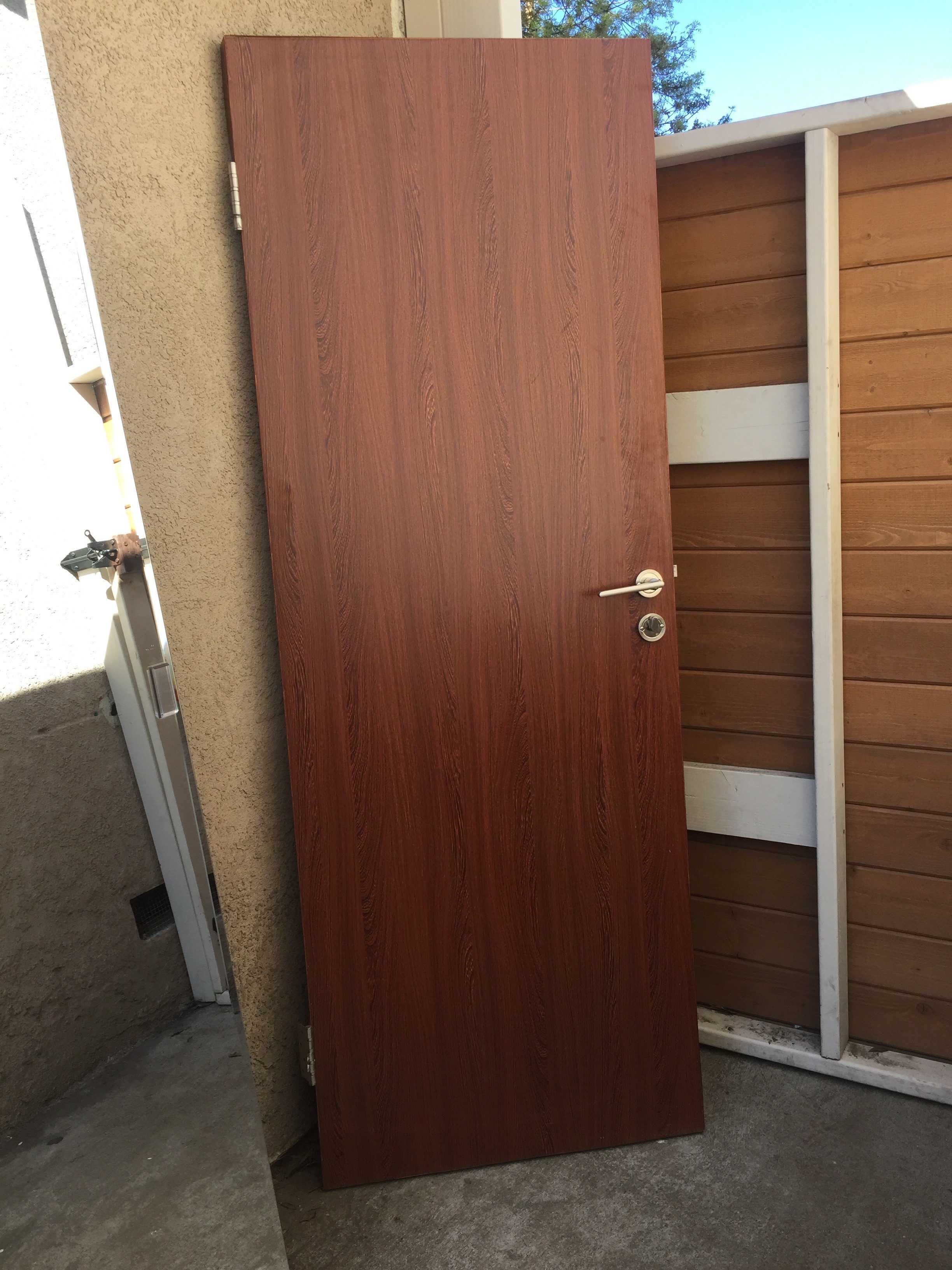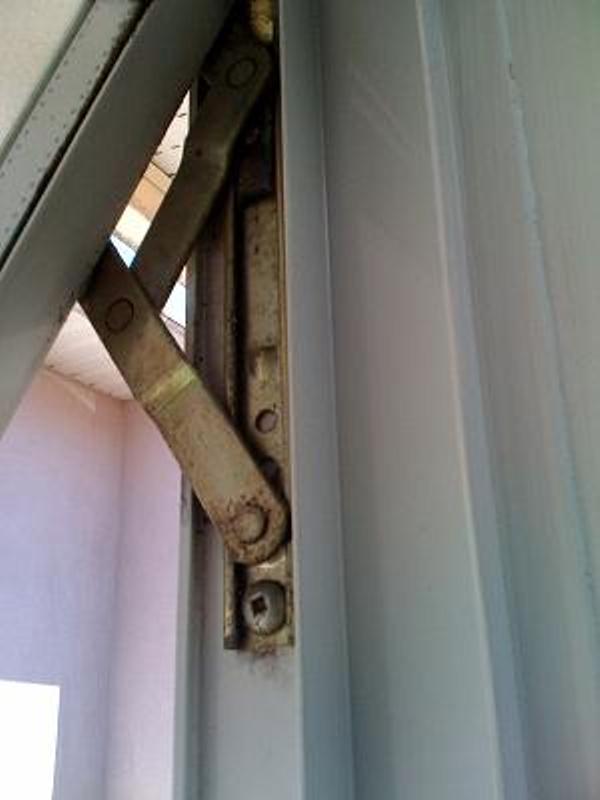

The Fourcault process and Colburn processes for making vertical drawn glass in the second decade of the 1900s further mechanized glassmaking. It is very similar to cylinder-blown glass with a somewhat less distortion and is known for its vertical lines. This type of glass is still very widespread today in American cities. An early version of cylinder blown glass called broad sheet was generally not used for window glass. The glass still had many waves and bubble pockets. The advantages of cylinder blown glass were price, uniformity of thickness, larger sheets, and less manufacturing waste.Ĭylinder glass became the standard window glass panes in the 1800s.

Cylinder Glassĭue to the swinging of the glass during manufacture, the waves in cylinder-blown glass were less curved and more parallel.

Despite the higher cost, crown glass continued to be manufactured into the 1800s. Many people viewed crown glass as a superior product to cylinder glass due to its brilliance. In the mid-1600s cylinder glass started to gain market share from crown glass.
#Doublepane glass door hardware windows
The center piece had an end-knob imperfection (commonly called a crown or bullion) which was sold as part of the window or more frequently as a small piece of decorative glass over or alongside windows and doors.Today this is referred to as a bulls-eye. Crown Glassīecause the glass was spun in a circular motion, the “waves” were more rounded. This glass, while less wavy, still had imperfections and was widely used in the United States cities in the early 1900s. In the early 1900s, increasing industrial advances led to machine-produced glass. As craftsmen improved their methods over time, the wave and distortion became less apparent.Įarly manufacture of glass involved single sheets of glass manufactured by a craftsman by blowing through a tube, resulting in tiny bubbles called seeds.Īs a result, glass produced in the 1700s tends to have more distortion than glass produced in the 1800s. Generally, the further back in history you go, the wavier the glass is. Wavy glass is the “cool-looking” glass commonly found in older window panes, doors, and furniture built prior to the early 1900s.


 0 kommentar(er)
0 kommentar(er)
